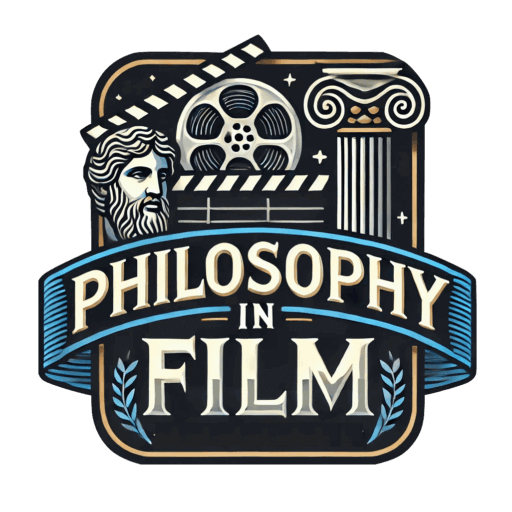Review: After the Dark (2013) ★½
John Huddles has attempted to bring philosophy to life with After the Dark, and not in the way that filmmakers typically do so. Much like a philosophy professor, he wants spectators to engage directly with the concepts presented, or, at the very least, see them play out in real time. However, whenever any kind of endeavor tries to promote high-concept material, without the added layers of artistic ambiguity or nuance, it runs the risk of being a trite, preachy train wreck. In After the Dark, nothing is as profound as Huddles might have initially intended, and ultimately there is nothing of the slightest intellectual value to be extracted.
After the Dark begins in a philosophy classroom at a school in Jakarta, wherein Mr. Zimit (James D’Arcy) addresses his students on the last day of the semester. In an effort to prepare them for the rigours of adult life, Zimit posits a thought experiment: the world has experienced a cataclysmic nuclear war. The only people left on the planet are the twenty students in the classroom (as well as Mr. Zimit), and there is a bunker nearby that will provide safety from the fallout. However, there are only enough resources for 10 people to wait out the apocalypse for one year, so the students will need to decide who survives and who dies. How do they choose? Zimit provides the students with new identities, professions, skills, sexual orientations, and other miscellaneous traits with which they must decide who would be the most useful for survival and eventual repopulation of the planet, and who would be expendable. As the class works its way through the thought experiment, tempers run high, and many come to the realization that humans are not always going to make the most rational (or moral) decisions.
On the surface, After the Dark is every philosophy student’s dream; it takes the quandaries and hypotheses of a philosophy class and presents them in a thrilling and visually stimulating way. What some might see as dry, boring discussions are made more palatable for a larger audience, as well as those uninitiated with the goings-on of philosophy lectures. We see the students experience the nuclear blasts and life inside the bunker, and while the film shifts between the classroom and the visualization of the thought experiment, it is obviously the latter that provides the most entertainment.

Unfortunately, philosophical discussions, once removed from the classroom (or any venue in which they naturally occur), are difficult to watch or take seriously. Reconstructed debates merely become the ego of the writer or filmmaker, flaunting his or her understanding of thought experiments and speaking down to an audience that is forced to cringe at the complete lack of self-awareness. The film is constantly throwing out basic terms one could find in a philosophy textbook and inserting awkward exposition to over-explain them to the audience. The whole thing feels like an arrogant student bloviating about the vast knowledge they acquired after the first lecture of the semester.
If all of this weren’t bad enough, the film relies on a premise that is already risky, and is also completely flawed from the ground up. As soon as we, the spectators, understand that this is merely a thought experiment, that none of what takes place in or around the bunker is real, the events lose their sense of urgency. We know that the students are not actually at risk of death, and that they are not making real decisions, only hypothetical ones. To expect audiences to be concerned for these characters is ludicrous; they are not actually in harm’s way, and everything that we see is contrived for the sake of a barebones class discussion. If the film would have remained in the thought experiment, rather than bouncing back to the discussion in the classroom every few minutes, it might have been a bit more effective and a bit less gimmicky.
Finally, without giving too much away, it is painfully obvious at about the halfway point that things are not quite as they seem, when the students begin to question Mr. Zimit’s motives. Once this happens, the film is no longer about the thought experiment, but about Zimit’s intentions and his reasoning for conducting it in the first place. The final reveal is a disappointing one, and actually draws our attention to the fact that Huddles had no intention of recreating a genuine thought experiment, but instead simply used it as a pretext for something much less interesting.
For students of philosophy, After the Dark is mildly interesting insofar as it addresses philosophical debate directly, but that only goes so far. It doesn’t make up for the fact that it is not only a bad film, but a bad thought experiment. For everyone else, this is a film that is better left unwatched.
Rating: ★½ out of 5
On the off-chance that you would still like to watch it, After the Dark is available to purchase via Amazon here.

